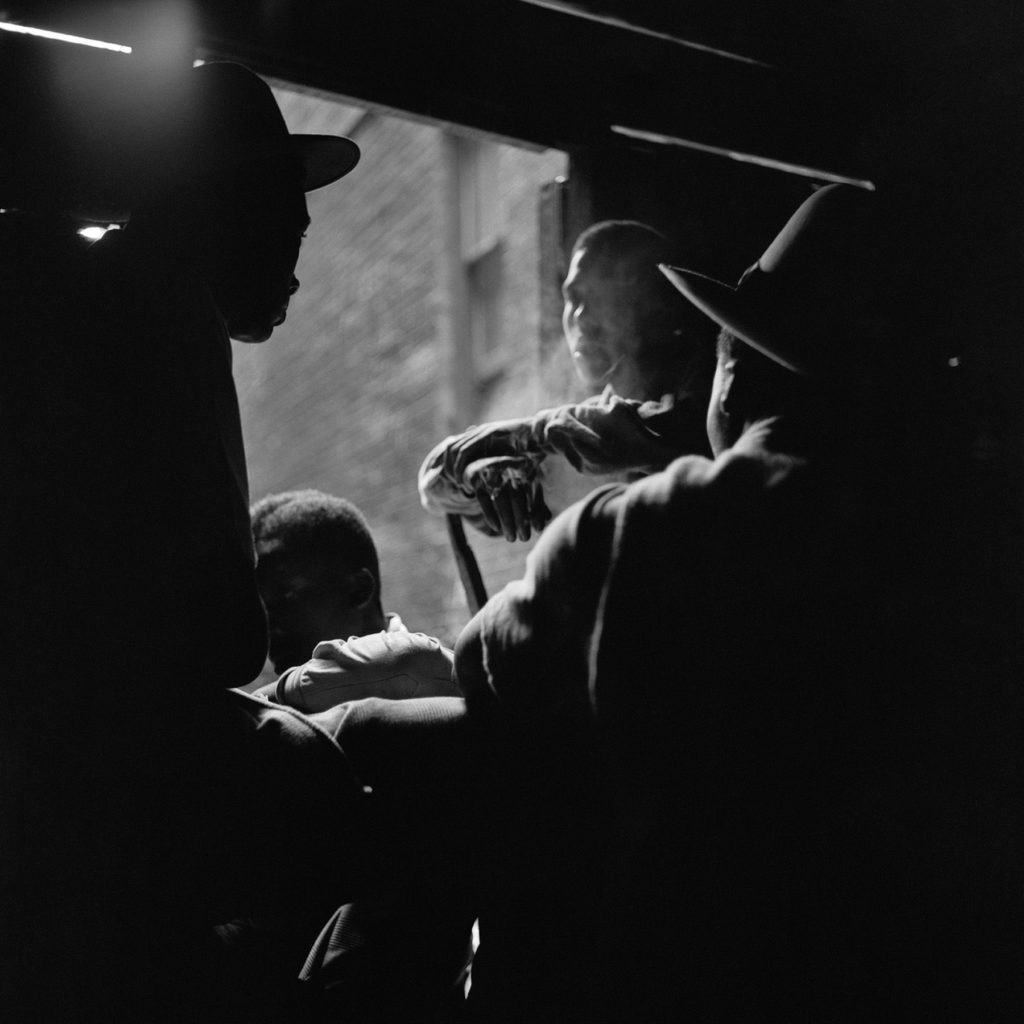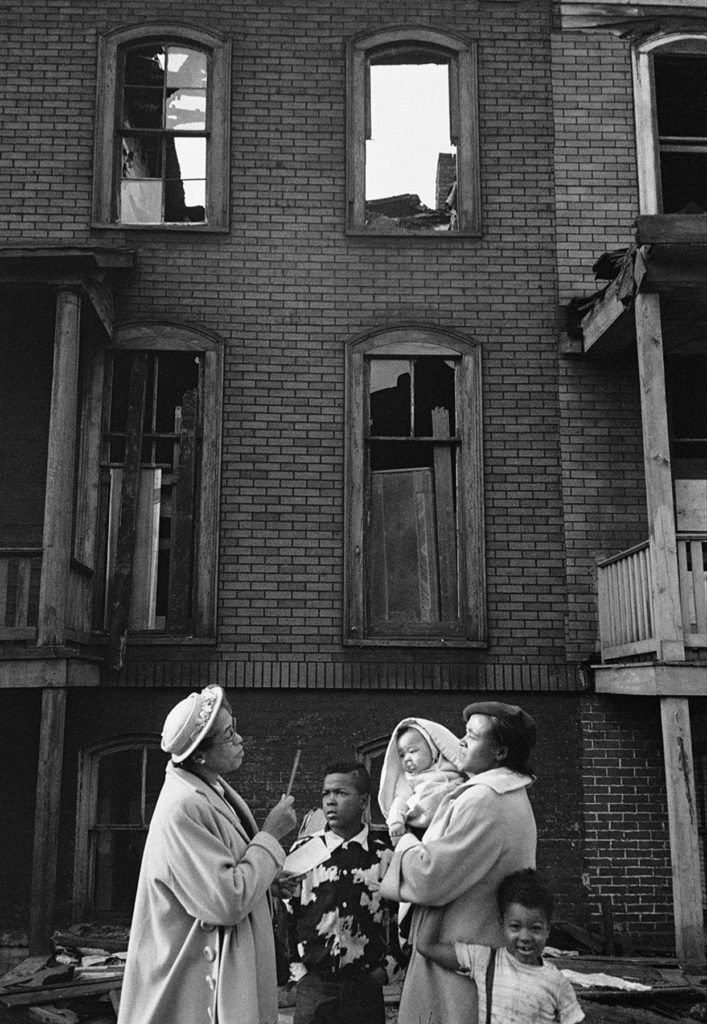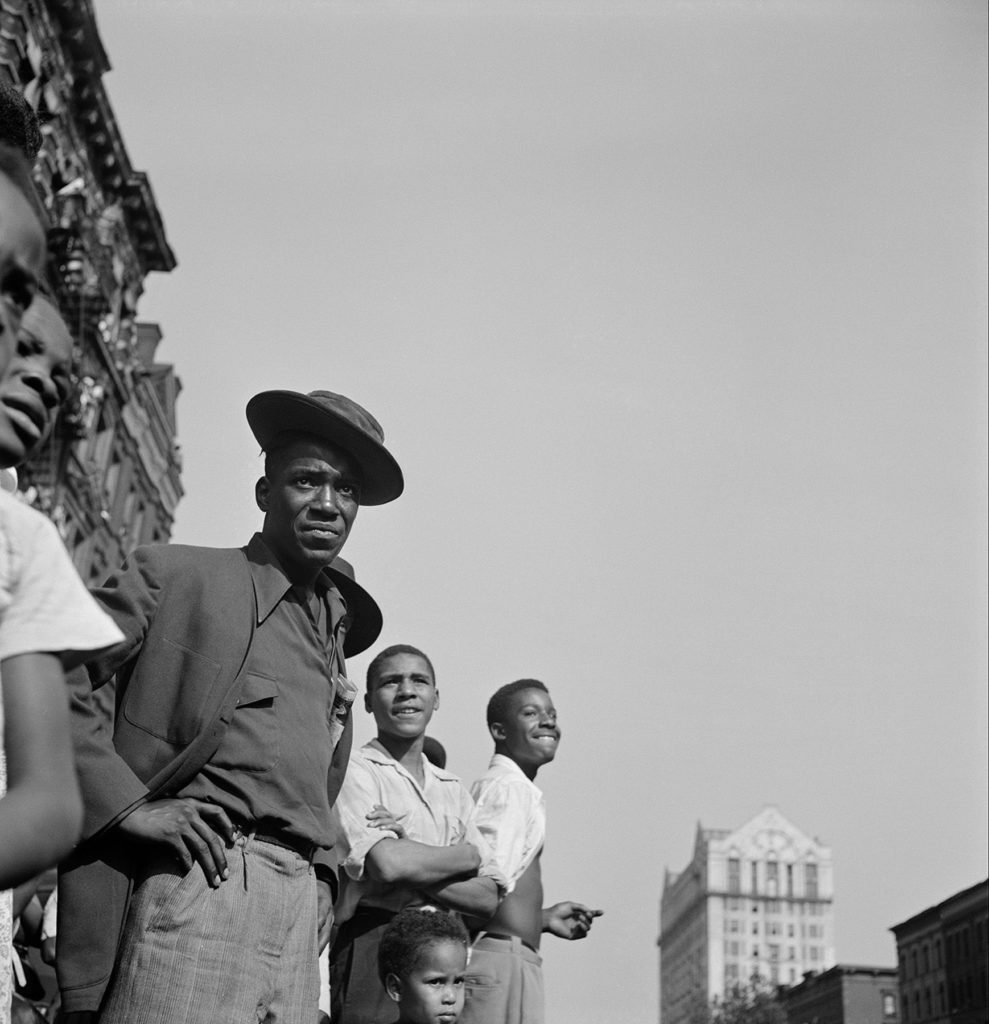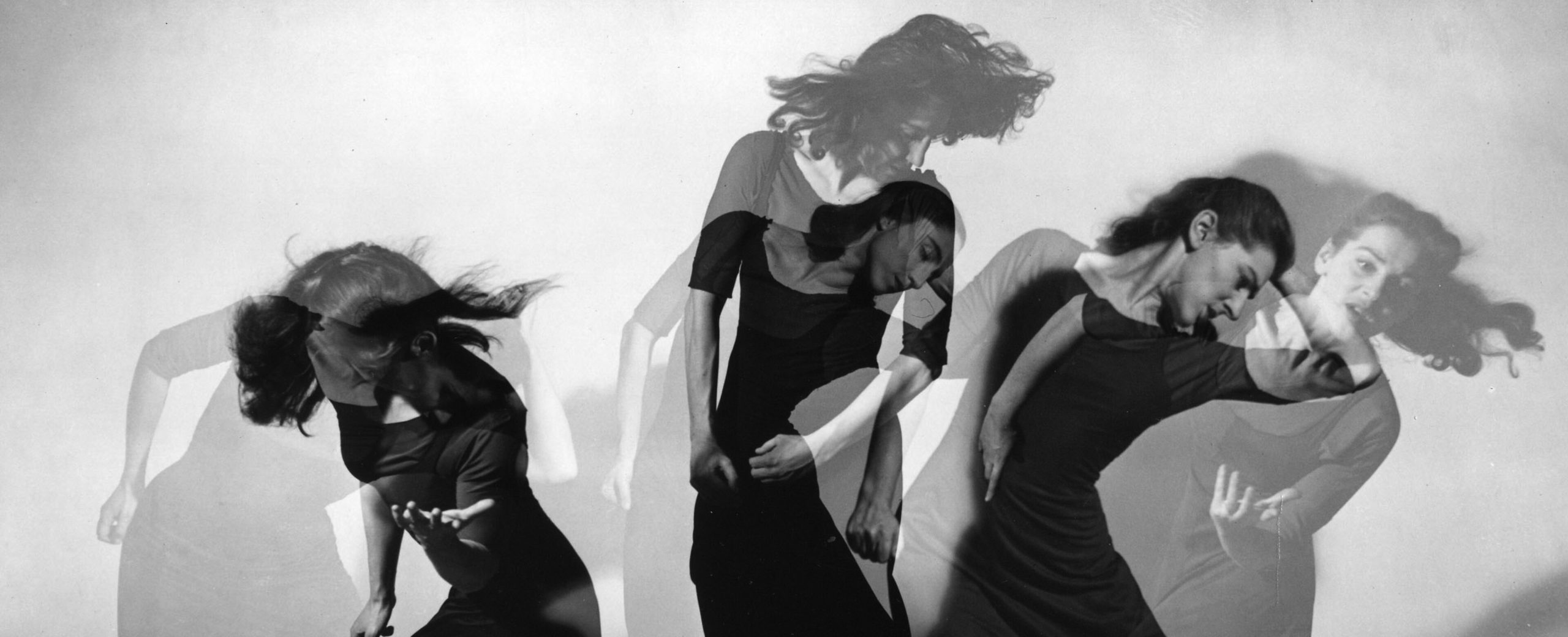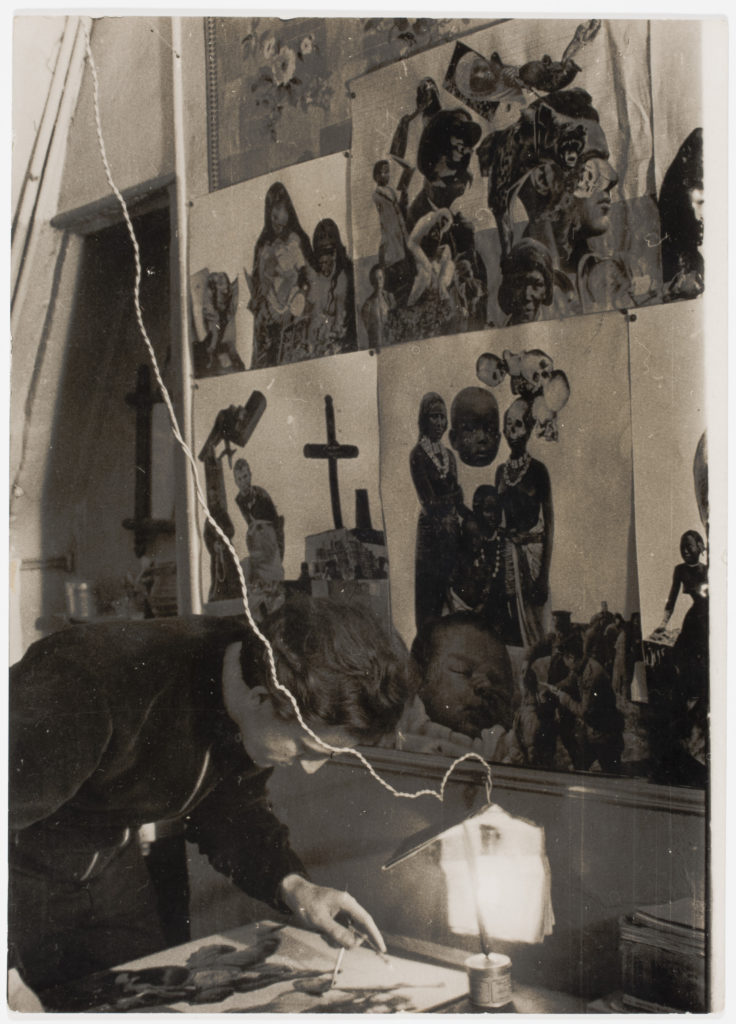By John Bennete
My wish for all collectors is to dare to be brave and go outside the much-hyped name artists that are being shown today—to begin collecting with an open mind and a willingness to take risks. The best thing about this moment is that we have greater choice, yet I fear by not supporting lesser-known established artists, we will doom the visual voice of a generation. Most artists need some support either intellectually, the nod of a sale, or preferably both. Too many artists, too few galleries and lists touting high six and seven figure sales tend to mask the reality that many good photographs sell for a few hundred to a few thousand dollars.
For all purposes the art world is making a final dash before the summer season begins. March/April have become prime months in the photography world. This year the Photograph Show and a number of major and special auctions have taken place in New York. Then there was Photo Lucida, a bi-annual event in Portland where photography is celebrated with a communal intensity that will not be seen again until Fotofest 2008.
Spring also signals a hungry new group of photographers being unleashed on us from every art school across this great land—hungry young photographers with starry eyes and dreams of being the next new name. For some weird celestial reason that I have never understood, I have the good fortune to see a lot of this new work, partly because I spend time on the review circuit, partly because the word has gotten out that I am easily approachable, and partly that occasionally I say something that makes a difference.
One of my favorite collectors says the only thing you need to collect is money. I thought it was just a good way to get a laugh; it was. But the one thing we would both say is: look and look, some more; study, and then edit. Collecting is very much like love. It happens, but most of the time you have to work hard at it, and nothing is ever guaranteed. This thought leads to the real reason I am writing this column.
Today a letter from a reader of Focus, who happens to be a photographer, arrived. It read:
Dear John Bennette, I am writing to thank you for writing such a well-researched and informative article in the February issue of Focus magazine. It is my first issue, and I am looking forward to the rest. As an emerging photographer based in Philadelphia, it is good to know what the art world is looking for and thinking. I have just recently started to show my portfolio and selling prints, and there is so much to know. I’m sure you get asked this a lot, but do you have any recommendations for an emerging photographer in Philadelphia to get started? I have heard that competitions are a good way, but at the same time, there are so many out there I don’t know which ones are any good. Also, I understand that cold-calling galleries is usually not recommended. One thing I have learned is that networking and getting to know who is who is very important, so I thought I’d reach out and start building my own network. Warmest regards, PE
My response:
Dear PE, The strangest things have happened in the last few years. Photography has broken away from being considered a second-hand art form. A few photographers have become media stars, and a new breed of collector has arrived on the scene with the galleries evolving their ideals to meet these new needs, as well as covering the escalating cost of keeping their space open. The artists are spending so much time promoting their photographs and trying to get into a major gallery (New York, preferably) that I am surprised there is any passion left for making art. I spent a little time at the Armory Show, an event for high art, and I was overwhelmed by the mass of people that congested the space. The fact that a lot of collectors spending large sums of money had an advisor at their sides to say, “This is worthy of taking out your checkbook,” was not really a problem, but it made me pause. What happened to the passion for creating art because you know nothing else, and you would have no life otherwise? What happened to the passion of collecting, which could cause you to give up food and debate how to pay the rent in order to own an image? I would like to share the following thoughts with you.
1. As an artist, you must have some knowledge of the history of art and photography and how your work fits in, reflects or extends that history. The reality is that the basic themes were established long ago; most artists can only hope for a flash of brilliant reinterpretation.
2. I don’ have an exact number, but let us say 3,000 artists finished institutions of higher learning with degrees this year. Competition is fierce, and that is a given for the ages. I have heard both sides of the argument for and against the juried show. I believe that all artists should enter them once in a while. I suggest this even to mature artists because it causes you to focus and reevaluate your work. Sign up and visit the many reviews that are conducted around the country. Create a web site that works, and link it to other sources. I noticed in the recent photo la catalog that artists are taking out ads for themselves. Having your work seen is an important part of the creative process for most.
3. The review session process, such as found at Photo Lucida (Portland, Oregon), Houston FotoFest and Review Santa Fe, is a good way of networking; in some ways it presents a level playing field. When participating in a review, remain positive. Remember, you go to reviews to meet other people and exchange ideas. Although sometimes people walk away with promised galleries, shows and book deals, what you should hope for is that your work is remembered, so if there is an opportunity for it to be shown, the reviewer will remember you. For example, I recently curated a show in New York City. The artists I chose for the show, which took place in a Chelsea gallery, were people I met at either Fotofest or Photo Lucida.
A new trend is the CD with the artists images written to it. I love them, though I suggest the artist please use an image on the label—when a reviewer goes through them later, it is easier if they can see an example of what is stored on the disc.
4. There are many highly respected career advisors and art coaches. Two that come to mind are Mary V. Swanson and Maria Piscopo. If you feel that you are stuck, then maybe it is time to find a consultant who specializes in getting you moving.
5. Be disciplined and devoted to your art.
I will name a few artists whose work I have acquired since I began writing this column. In order to do this, I need to be transparent and up front: a gallery for which I have curated an exhibition represents one of the artists. Added to my collection in the past year are photographs by Arthur Tress, Charles Traub, O. Rufus Lovett, Thomas Kellner, Dan Nelken, Carl Burton, Randy West, Roger Eberhard, Jefferson Hayman, Seth Dickerman and Stan Gaz. You can Google these artists to view their work.
My Stan Gaz is from the “Ash Drawings” series. Each image in the series is a unique hand-processed toned silver gelatin, negative-based print. Stan’s work is about loss, memory and grace. The image I acquired is 40 x 50” and called Lensboy X. I first became aware of his work on a studio visit. Stan was donating a piece to charity (another way to get some exposure of your work to the public). I was blown away by the tension between the lush and tactile surface and the calm mystery that lay beneath it. I was also impressed by the development of the work, how it related to art in general, as well as other bodies of work created by Stan, a very thoughtful and mature artist. Stan represents the shift away from the tiny box in which many photographers have placed themselves. For artists such as Stan, all media are part and parcel of the language they use to express their ideas and concepts. For me, Lensboy X evokes wonder and awe.
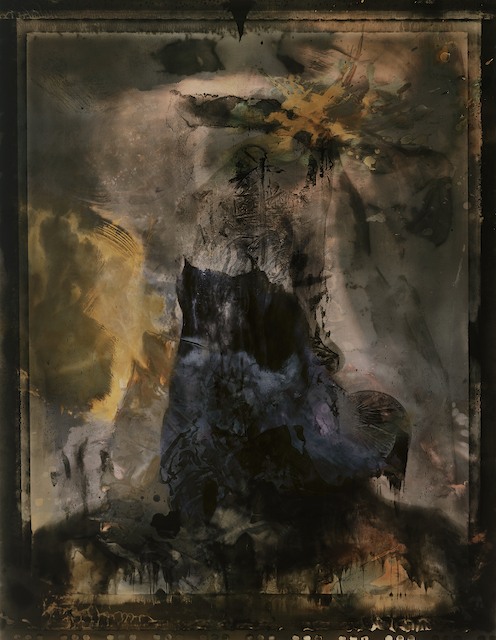
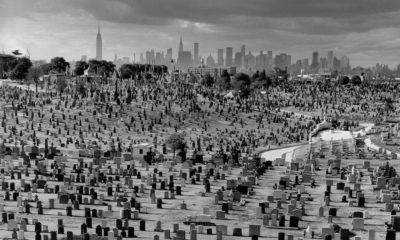
 Photographer Focus1 year ago
Photographer Focus1 year ago
 Collector's Focus1 year ago
Collector's Focus1 year ago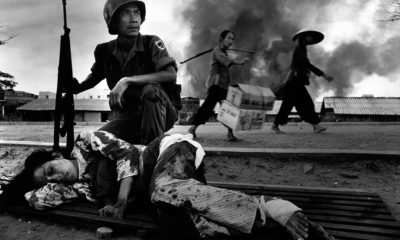
 Collector's Focus1 year ago
Collector's Focus1 year ago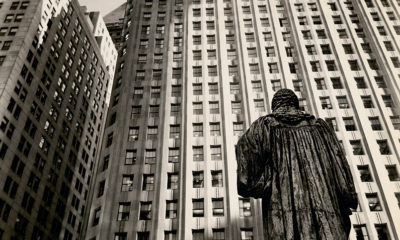
 Vintage Focus1 year ago
Vintage Focus1 year ago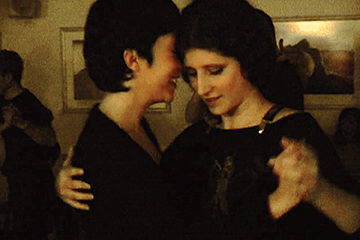
 Collector's Focus1 year ago
Collector's Focus1 year ago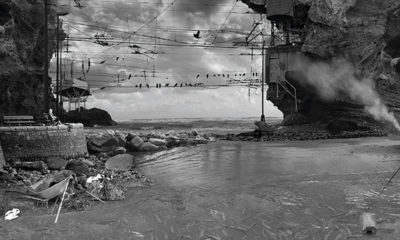
 Collector's Focus1 year ago
Collector's Focus1 year ago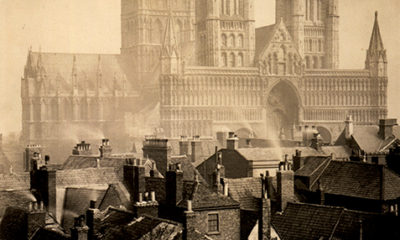
 Vintage Focus2 years ago
Vintage Focus2 years ago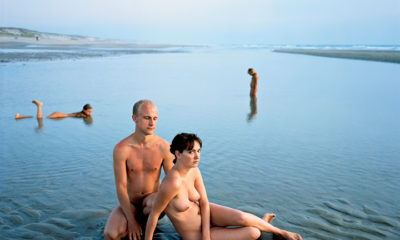
 Photographer Focus1 year ago
Photographer Focus1 year ago






